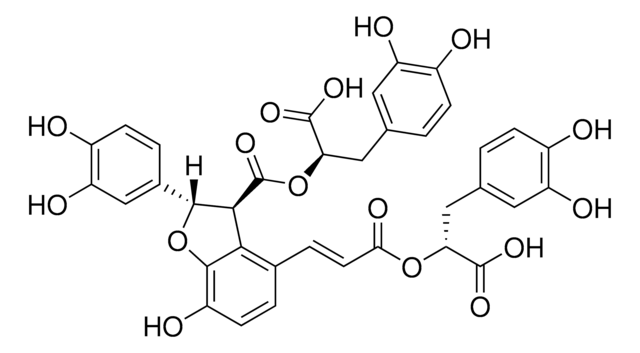About This Item
Polecane produkty
Próba
>90%
Postać
solid or viscous liquid
przydatność reakcji
reactivity: thiol reactive
reagent type: cross-linking reagent
reactivity: amine reactive
architektura polimerowa
shape: linear
functionality: heterobifunctional
Warunki transportu
ambient
temp. przechowywania
−20°C
ciąg SMILES
O=C(CCSSC1=NC=CC=C1)NCCOCCOCCOCCOCCOCCOCCOCCOCCOCCOCCOCCOCCOCCOCCOCCOCCOCCOCCOCCOCCOCCOCCOCCOCCC(ON2C(CCC2=O)=O)=O
Powiązane kategorie
Cechy i korzyści
Informacje prawne
Kod klasy składowania
11 - Combustible Solids
Klasa zagrożenia wodnego (WGK)
WGK 3
Temperatura zapłonu (°F)
Not applicable
Temperatura zapłonu (°C)
Not applicable
Certyfikaty analizy (CoA)
Poszukaj Certyfikaty analizy (CoA), wpisując numer partii/serii produktów. Numery serii i partii można znaleźć na etykiecie produktu po słowach „seria” lub „partia”.
Masz już ten produkt?
Dokumenty związane z niedawno zakupionymi produktami zostały zamieszczone w Bibliotece dokumentów.
Nasz zespół naukowców ma doświadczenie we wszystkich obszarach badań, w tym w naukach przyrodniczych, materiałoznawstwie, syntezie chemicznej, chromatografii, analityce i wielu innych dziedzinach.
Skontaktuj się z zespołem ds. pomocy technicznej






